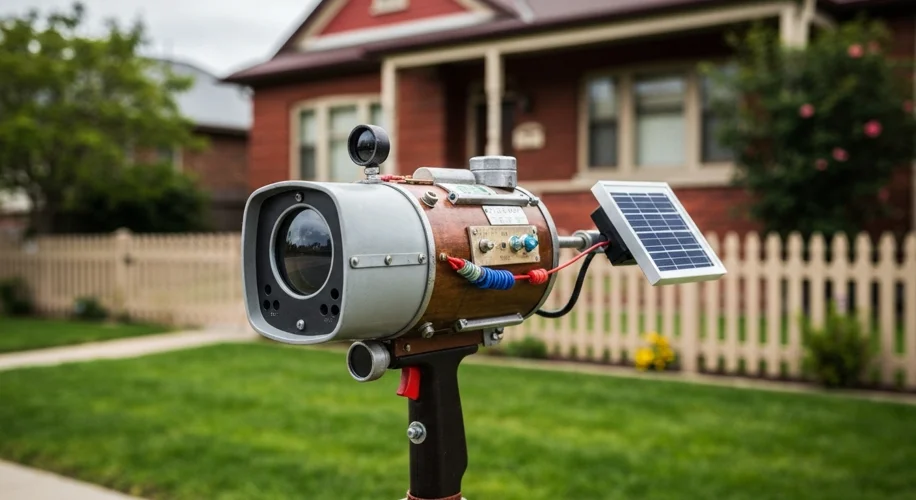You know, sometimes you just want a bit of peace and quiet in your neighborhood. Lately, I’ve noticed a few cars zipping down my street a little too fast for comfort, especially with kids and pets around. As a gardener, I’m always tinkering with ways to improve my home environment, and this time, it extended beyond the flower beds.
I decided to build my own DIY speed radar sensor. My goal was simple: to monitor the speed of cars passing by my house and get notified if anyone was exceeding the limit. Plus, I wanted a visual record.
Here’s what went into it:
The Core Components:
- Raspberry Pi: This little computer is the brain of the operation. It’s versatile and perfect for DIY electronics projects.
- Camera Module: To capture a snapshot of any speeding vehicle.
- Radar Module: This is what detects the speed. Doppler radar modules are readily available for hobbyists.
- WiFi Connectivity: To send data and photos wirelessly.
- Solar Panel & Battery: Powering this outdoors reliably is key. I used a solar panel to charge a battery, ensuring it runs day and night, rain or shine.
Putting It Together:
First, I mounted the radar module and camera securely, pointing them towards the street. The Raspberry Pi was connected to both, processing the data from the radar. I wrote a simple Python script to do the heavy lifting:
- Speed Detection: The radar module sends speed readings to the Raspberry Pi.
- Threshold Check: My script compares the detected speed against a set limit (I chose the neighborhood’s posted speed limit).
- Snapshot: If the speed limit is exceeded, the script triggers the camera to take a picture.
- Upload & Notify: The captured image is uploaded to a cloud storage service, and I set up an email notification to alert me immediately.
Powering the System:
For power, I connected a small solar panel to a charge controller, which then powers a rechargeable battery. This setup ensures continuous operation without needing to plug into an outlet or worry about frequent battery changes. It’s a clean, sustainable solution that feels right in line with my gardening ethos of working with nature.
The Results:
After a bit of calibration and testing, the system works! I get an email with a timestamp and a photo whenever a car goes over the speed limit. It’s been a surprisingly effective way to be aware of traffic patterns on my street.
This project was a fun blend of electronics, programming, and practical home improvement. It’s rewarding to build something that addresses a specific need, and in this case, it adds a layer of awareness to my home environment. Plus, it was a great way to learn more about microcontrollers and sensor technology!

